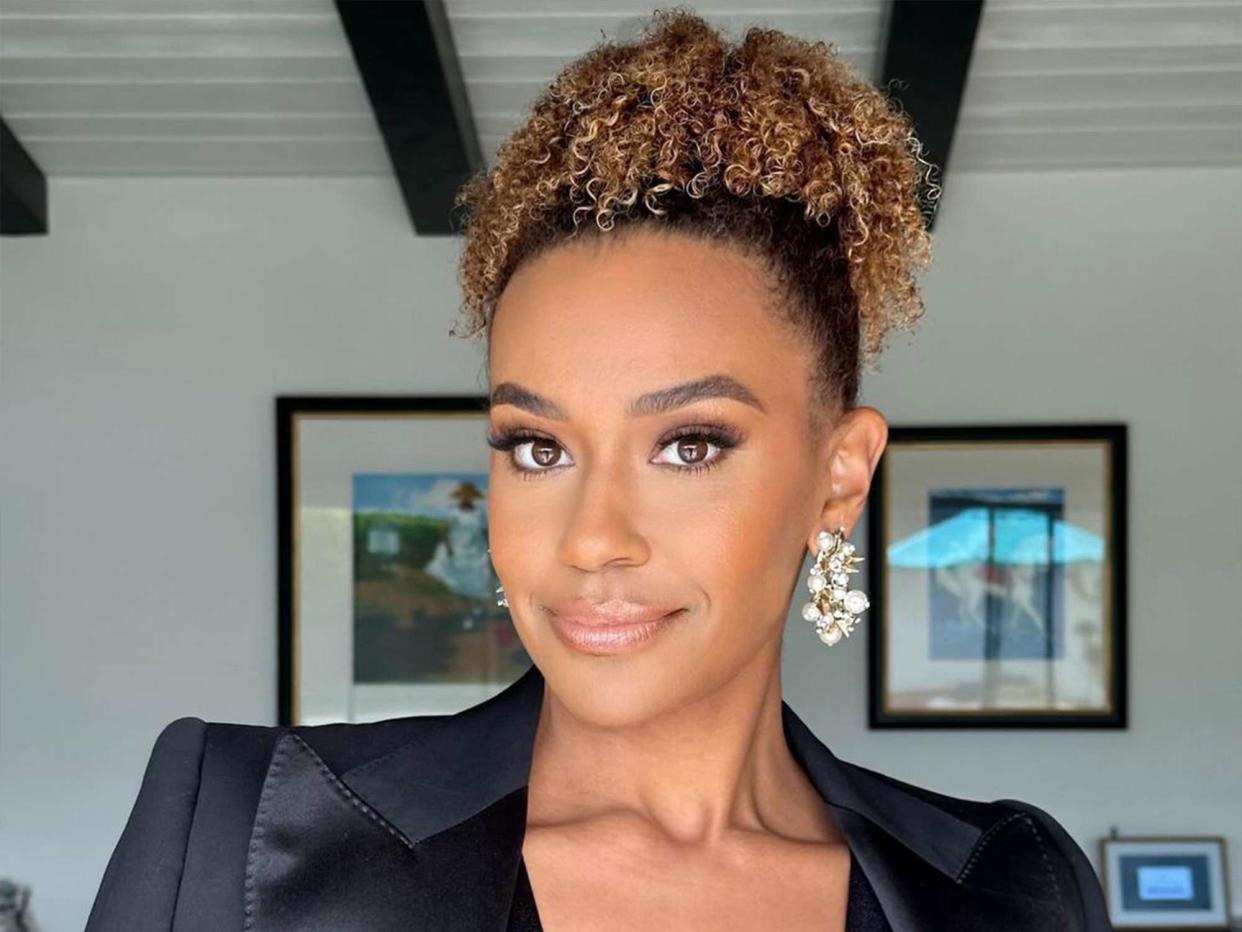How to Get Perfect Finger Coils Every Time, According to Natural Hair Experts

@ryanmichelleb / instagram
From a silk press to box braids, the styling options for Black hair are infinite. Among that running list of glorious hairstyles is finger coils, a more tedious textured hairdo whose finished look is worth the effort. Finger-coiling ensures that your style lasts longer than a regular wash-and-go and gives each curl a uniform look. Plus, the technique works on nearly all lengths. Ahead, natural hair experts explain everything you need to know to achieve defined, healthy, and long-lasting finger coils.
Meet Our Expert
Celebrity hairstylist and educator Vernon Fran?ois works with Lupita N'yongo, Willow Smith, and Natasha Lyonne. He is also the founder of Vernon Fran?ois Haircare.
Karen Miller is an Afro-Latina celebrity hairstylist and educator at the Spoke & Weal Soho salon. Her clients have included Solange, Quinta Brunson, Mel B, and Tinashe.
What Is Finger Coiling?
"The finger coiling method is a styling technique used to enhance and define curls with minimal mechanical damage," Miller says. "The method consists of wrapping small sections of the hair, preferably while wet, around the finger."
Fran?ois adds that the method used to define and enhance natural curl patterns "encourages natural curl formation, reduces frizz, and promotes a uniform curl pattern."
How to Finger Coil Your Hair
Finger-coiling your hair isn't hard, but it is a technical process. Both experts advise starting with freshly shampooed and conditioned hair. Fran?ois recommends using a sulfate-free shampoo and hydrating conditioner. Then, apply a lightweight leave-in conditioner to clean, wet hair and part, and secure it with ties or clips into smaller sections. "This makes it easier to work through each part and ensures consistent results," he says.
Next, rake a curl cream, curl gel, or mouse—whichever gives your hair texture the best definition and hold—from roots to ends to one of your sections. One at a time, pull smaller pieces of hair from the section and wrap them around your finger in a spiral motion. Fran?ois says to avoid tangling, wrap halfway down the hair, hold and release it, and then continue wrapping the rest of your hair. Repeat this step on each section until your hair has been fully finger-coiled.
To set your finger coils, let your hair air dry or diffuse them with a dryer on a low heat setting. Fran?ois says you should avoid touching your hair while wet, as doing so can cause frizz. Once your hair is completely dry, you can leave the finger coils as they are, or you can apply a light oil to your fingers and gently style them.
Tips
Keep a spray bottle filled with water nearby in case you need to refresh a section before applying your styling product and finger-coiling it.
How to Maintain Finger Coils
Miller recommends wearing a bonnet while sleeping to maximize the wear of your finger coils. For maintenance, Fran?ois also cautions against touching your hair too much, as doing so can disrupt the coil pattern.
To touch up pieces that become less defined, she suggests applying a combination of water and leave-in conditioner and re-coiling them. Fran?ois also emphasizes the importance of moisturizing your hair, noting that using a light oil or leave-in conditioner every few days helps maintain the elasticity and health of your coils. "By following these steps, you can maintain beautifully defined finger coils while keeping your hair healthy and vibrant," he says.
The Final Takeway
Finger coiling is a fairly easy styling technique for textured hair, simply requiring patience and the right products. You'll need to select the right curl cream, gel, or mousse (or combination of products) for your hair type, as your stylers will ultimately affect your final look's look, feel, and longevity. While finger-coiling can be time-consuming, requiring you to wrap sections of hair around your finger individually, the result will look incredibly defined and last longer than your regular wash-and-go.
It may take time to perfect your finger coiling technique, but keep going, and you'll eventually master the basics and even develop some tricks that work best for your hair.
Read the original article on Byrdie.
